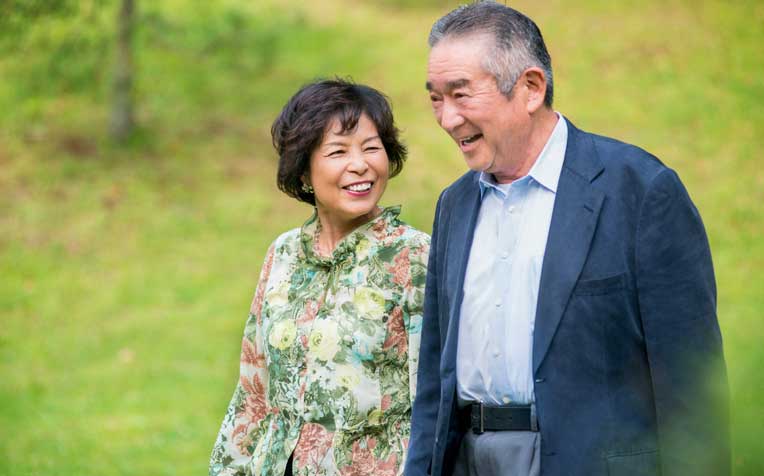
Glaucoma affects mostly people over the age of 60.
Continued from a previous page
Glaucoma: Who is at higher risk of carrying this genetic mutation?
Scientists do not know why exfoliation syndrome (XFS) is more common in some ethnic groups than in others. It is common in Indian, Caucasian, Mediterranean and Middle Eastern populations, but rare in Chinese ones, although it is found in Japan (mostly in the country’s south).
Prevalence of glaucoma causing genetic mutation in Singapore
In Singapore, less than 1 per cent of Chinese have exfoliation glaucoma. For all types of glaucoma, the prevalence for the race is 3 per cent to 4 per cent. A quarter of them carry the mutated gene and could have a 40 per cent to 56 per cent higher risk of developing XFS compared to those who do not have the mutation.
“What we observe is that although this disease is rare among the Chinese, if they have the mutated CACNA1A gene, its effect is quite large. We don’t know why,” said Dr Khor Chiea Chuen, a from A*Star’s Genome Institute of Singapore (GIS).
About 28 per cent to 30 per cent of Singapore Indians carry the mutated gene and are 19 per cent to 25 per cent more susceptible to XFS. Researchers could not get enough cases of Malay patients with XFS to include them in the study.
The discovery gives researchers hope of developing treatments in the future to prevent exfoliation glaucoma.
Types of glaucoma
There are two main types of glaucoma: open-angle and the less common angle-closure. In open-angle glaucoma, the structures of the eye appear normal, with the angle where the iris meets the cornea being as open as it should be. In angle-closure glaucoma, the angle between the iris and cornea becomes too narrow, blocking the normal drainage canals in the eye.
Glaucoma: Symptoms and treatment
Often, in glaucoma, there are no symptoms at all, so regular eye checks are important to catch the disease early.
While glaucoma cannot be cured, treatment can prevent the condition from worsening to the point of blindness. Eye drops are usually prescribed to reduce the pressure and control the disease, but in advanced cases, laser therapy or surgery may be needed.
Glaucoma accounts for 40 per cent of blindness in Singapore. It mostly afflicts people over the age of 60. The risk of glaucoma increases with age.
Glaucoma video: Signs and symptoms
Glaucoma video: Are you at risk of glaucoma?
Glaucoma video: How to help a loved one with glaucoma
Glaucoma video: Treatment and management of glaucoma
Ref: Q15
Check out our other articles on glaucoma:
Contributed by
Related Articles
Conditions & Treatments
Public Events
Get the Health Buddy App
© 2025 SingHealth Group. All Rights Reserved.


















 Get it on Google Play
Get it on Google Play